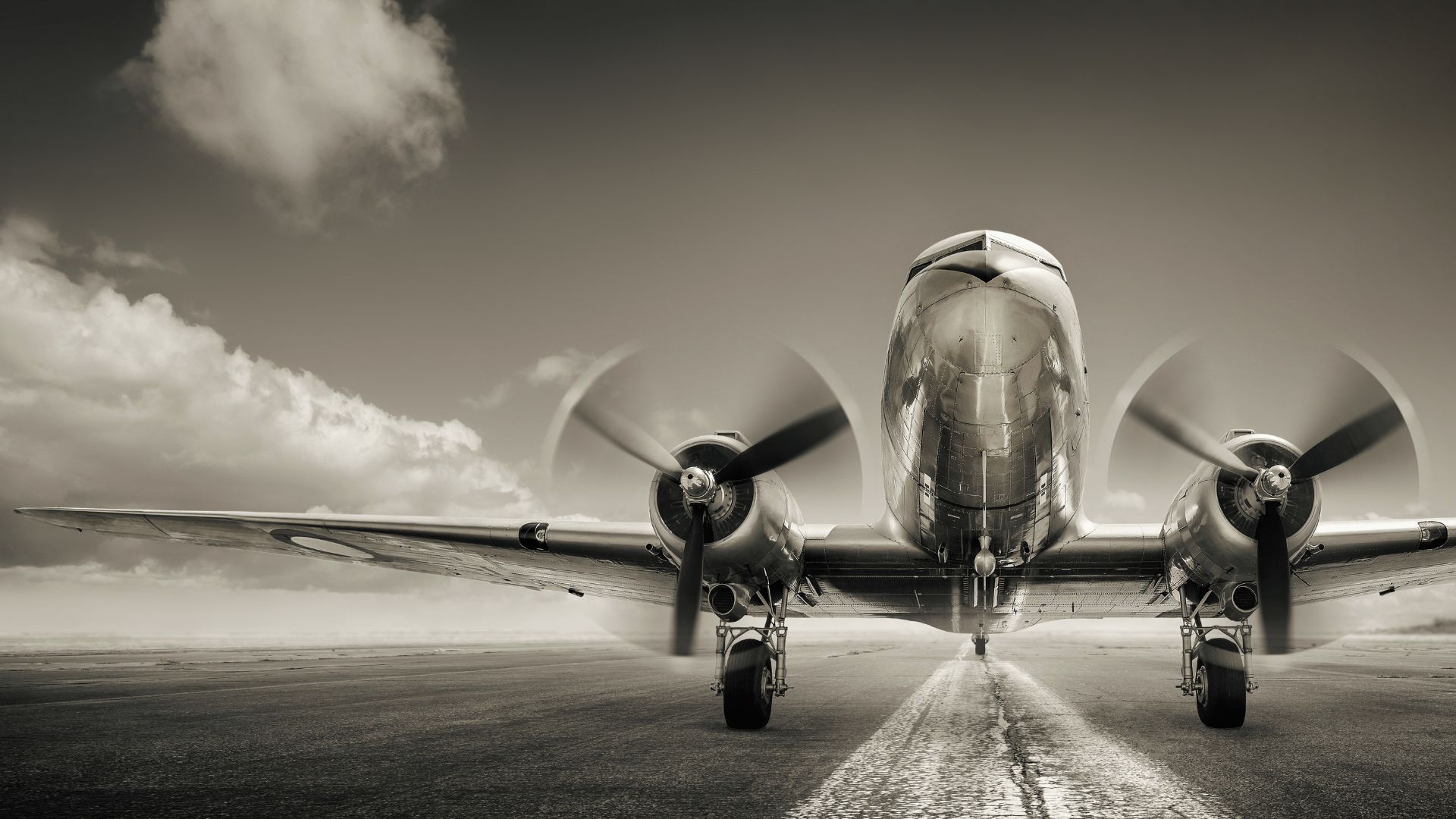Early History of Aircraft Technology
The dawn of aviation charters a period of experimentation and daring explorations. Humans’ aspiration to emulate birds’ flight dates back to thousands of years but took practical shape only towards the end of the 19th century. In 1783, the Montgolfier brothers, inventors from France, astonished onlookers by launching the first balloon, a remarkable instance of lighter-than-air technology.
Hot air balloons, although significant, lacked maneuverability which became the main challenge. Groundbreaking work by Sir George Cayley, often deemed the father of aerodynamics, brought forth crucial concepts related to flight. His glider designs, differentiating between lift and thrust, paved the way for more practical, powered flight, a pivotal progress in aviation history.
Approaching the 20th century, the Wright Brothers’ first powered flight in 1903 marked a turning point in aviation technology. By marrying their mechanic skills with astute observations, they developed a unique three-axis control mechanism, addressing the issue of controlled, sustained flight.
In the years leading up to World War I, pioneers like Frenchman Louis Blériot furthered aviation technology, designing monoplanes that tackled stability issues. In 1909, Blériot even accomplished the first flight over the English Channel, a noteworthy feat of the era, bolstering international interest in aviation technology. These trailblazing events pre-WWI set the stage for an unprecedented, global surge in aircraft technology investment.
Why Did Countries Begin to Invest in Aircraft Technology After World War I?
The pre-eminent advantage obtained from aircraft technology, undeniably, was in the military domain. Military strategists recognized the plane’s potential as a tactical tool, delivering a fresh perspective in warfare. During WWI, planes were primarily used for surveillance, providing critical information about enemy positions. However, over time, military aircraft became an asset for aerial combat and strategic bombing operations.
Consider this: In 1910, the U.S Army purchased its first plane and created the Aeronautical Department under the Signal Corps. Subsequently, the British Royal Flying Corps and the German Luftstreitkräfte advanced their air services, altering the warfare landscape completely.
The fast-evolving aircraft technology provided countries with an edge over adversaries. This strategic advantage, both defensively and offensively, shaped the discourse around the investment in aircraft technology, prompting nations to allocate significant resources towards its research and development.
The accelerative investments in aircraft technology post-World War I was influenced by several definitive factors. Key motivators span military advantages to economic benefits, underpinning the heightened global interest in aviation technology.
Economic and Commercial Benefits
Beyond the military applications, aircraft technology revolutionized transportation and commerce. It presented a massive leap forward in terms of economic growth potential and global connectivity. The promise of quick, long-distance travel allowed people and goods to move faster across the globe, removing logistical barriers to commerce.
The accelerative investments in aircraft technology post-World War I was influenced by several definitive factors. Key motivators span military advantages to economic benefits, underpinning the heightened global interest in aviation technology.
Impact of Aircraft Technology on Global Relations
This part of the article examines how advancements in aircraft technology have profoundly impacted global relations. These effects are primarily observed in the realms of international alliances and conflicts, and globalization and commerce.
Alliances and Conflicts
Advancements in aircraft technology have significantly transformed international alliances and conflicts. These changes can be traced back to World War I when attention turned to leveraging aviation for military purposes. Aircraft gave nations increased tactical insights during reconnaissance missions, boosting their defense and attack capabilities. Not only did this intensify conflicts, but it also reshaped alliances. Countries developing their aviation capacities had the upper hand, leaving those lacking behind, prompting them to form allegiances with powerful nations.
Globalization and Commerce
Globalization and Commerce have also felt the influence of the aviation industry. Aircrafts have been the propellers of modern globalization, interconnecting the world like never before. Commercial aviation, specifically, brought about a reduction in travel time, thus fostering economic growth and international trade. Companies were no longer restricted by geographical boundaries, and goods could be transported across continents swiftly. Airlines like KLM Royal Dutch Airlines epitomize this shift. Founded in 1919, KLM is among the first international airlines as it connected Holland to its colonial territories. Another case is the United Parcel Service (UPS) in the United States, which shifted from being a messenger company to embrace air cargo, revolutionizing package delivery services worldwide. These examples showcase how aircraft technology turned the seemingly vast world into a global village, thereby boosting globalization and commerce.
